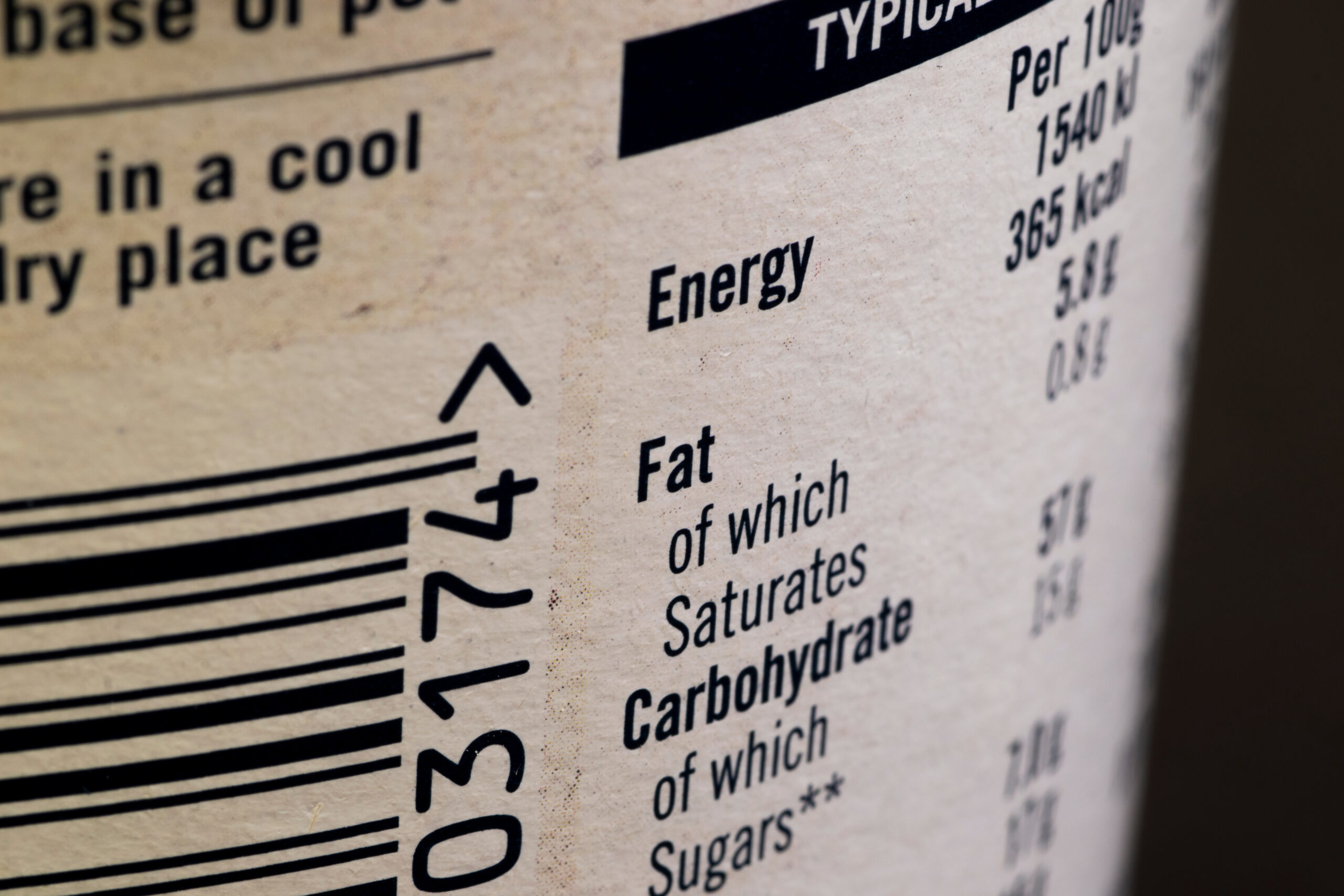The announcement that the Brexit Party will not standing in all seats that the Tories won in 2017 has been seen by some as a game-changer. However, the most significant effect of Nigel Farage’s move is to increase the chances of a 2017 General Election redux.
By shoring up the defence of Conservative-held seats, but continuing to bleed Leave voters off in Labour-held marginals that the Conservatives need to win for a majority, a path to a hung parliament where Conservatives are the largest party is clearly visible. To understand why, let’s look at some London marginals.
We can use the data from an MRP model and polling constructed by Focalpoint this Autumn, which estimates party vote share at constituency level. An MRP model combines a large polling dataset (46,000 in this case) with the socio-demographic profile of each constituency to estimate a voting share in each seat. Focalpoint’s data is both plausible and reasonable given other polling data we have, so we will use it to illustrate the dynamics at play in London.
First, lets consider the supposed benefit of Brexit party candidates standing down to Conservative incumbents in London.
Table 1: Projected share for 2019 for Conservative-held seats in London where the winning share is <40%.
| Seat | Con 2019 | Lab 2019 | LD 2019 | BXP 2019 | Green 2019 |
| Chelsea and Fulham | 37.9 | 17.5 | 30.2 | 5.9 | 6.2 |
| Harrow East | 37.7 | 29.1 | 15.1 | 10.0 | 5.5 |
| Chingford and Woodford Green | 37.4 | 26.1 | 19.8 | 9.8 | 4.7 |
| Finchley and Golders Green | 36.0 | 25.1 | 26.2 | 5.0 | 5.4 |
| Wimbledon | 35.9 | 21.1 | 29.5 | 5.0 | 6.2 |
| Cities of London and Westminster | 35.8 | 22.3 | 27.0 | 4.9 | 7.7 |
| Putney | 35.1 | 22.1 | 27.2 | 4.7 | 8.7 |
| Hendon | 34.3 | 23.6 | 26.8 | 8.3 | 4.7 |
| Chipping Barnet | 33.2 | 26.8 | 25.0 | 7.8 | 5.0 |
| Average change 2017-2019 | -11.8 | -17.7 | 17.3 | 6.1* | 4 |
*Change from UKIP 2017 result
Source: Best for Britain, aggregated by Chris Hanretty (2019)
All of these marginal constituencies had majority support for Remain in the 2016 Referendum, some by an overwhelming margin (72.2% voted to Remain in Putney). Despite the heavily Remain profile of these constituencies and the average vote share loss of 11.8% from 2017, the Conservatives still are predicted to have at least a 6% margin on the second-place opponent in every constituency even if a Brexit Party candidate is standing. Hence, the benefits of the Brexit Party to stand down are small in Conservative-held seats due to the already significant polling lead.
But, should either Labour or Liberal Democrats surge, the decision by the Brexit Party will provide a benefit by shoring up Conservative margins. It must be noted, though, that the Conservatives are not guaranteed to get all Brexit Party voters, as can be seen with the experience of UKIP. In the 2017 Election, the Conservatives managed to secure less than half (45%) of people that voted UKIP in 2015, meaning that some could choose a different party. Furthermore, some Brexit Party supporters might simply choose to stay at home, just like the 30% of 2015 UKIP voters. So, the Conservatives should be carefully not to overestimate the potential boost.
In contrast, we should compare the effect of the Brexit Party continuing to stand in Labour-held marginals in London:
Table 2: Projected share for 2019 for Conservative targets in London held by Labour
| Seat | Con 2019 | Lab 2019 | LD 2019 | BXP 2019 | Green 2019 |
| Croydon Central | 33.7 | 31.0 | 14.6 | 12.1 | 6.3 |
| Ilford North | 33.1 | 36.8 | 13.4 | 10.9 | 3.6 |
| Dagenham and Rainham | 32.5 | 32.8 | 8.6 | 19.7 | 4.4 |
| Enfield, Southgate | 32.1 | 29.6 | 20.8 | 8.0 | 7.4 |
| Eltham | 31.8 | 30.9 | 16.7 | 13.0 | 5.5 |
| Kensington | 31.1 | 22.8 | 29.7 | 7.8 | 6.7 |
| Battersea | 31.0 | 25.5 | 31.2 | 3.8 | 6.6 |
| Brentford and Isleworth | 30.9 | 32.9 | 20.9 | 8.8 | 4.6 |
| Average change 2017-2019 | -8.8 | -21.2 | 14.8 | 9.3* | 4.7 |
*Change from UKIP 2017 result
Source: Best for Britain, aggregated by Chris Hanretty (2019)
As can be seen, the Conservatives could secure even heavily-Remain marginals such as Kensington and Battersea even with Brexit Party presence on their path to a majority. However, this is completely dependent on the Remain vote to be split and with retention of a large polling lead. The Conservatives in such seats are hostages to fortune and will have little chance to retake such seats if Labour has a resurgence by regaining voters from the smaller parties, which would be unsurprising.
The Conservatives also have a tough contest in the heavily-Leave seat of Dagenham and Rainham, as the Brexit Party siphons off Leave voters primarily from the Conservatives. It is indicative of the struggle that the Conservatives will face in many other traditionally Labour seats across the country, especially in Northern England and Wales, that had voted to Leave if the Brexit Party continues to stand there.
The Brexit Party decision to stand down in Conservative-held seats has some benefit of shoring up their margins, which will become more important if the Conservatives start to lose their significant lead. However, by continuing to stand in the Labour-held marginals that Tories need to win for a majority, it is easy to see how we can face a hung parliament similar to the one we have now if Labour vote strengthens even slightly.
Anvar Sarygulov is a Researcher at Bright Blue





